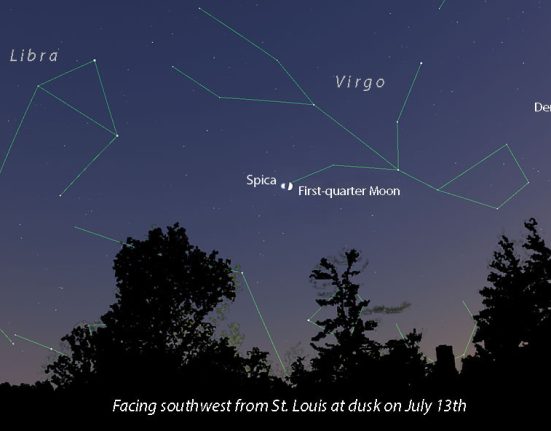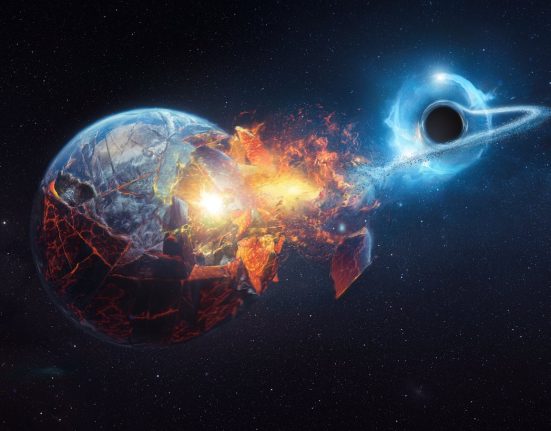Europa's mottled surface has fascinated scientists since Voyager 2 provided high-resolution images of the Jovian moon in 1979. Opportunities to get a close look at this icy world have been few and far between, but NASA's Juno probe has provided the best snapshots so far. The spacecraft revealed new structures, possible evidence of water columns and confirmed that a suspected crater was just a trick of the light.
Juno was sent to study Jupitercarrying out a series of elongated orbits that limit the time they spend being fried by the planet's radiation belts. The mission is long past its original design, so the team took advantage of that opportunity to perform close flybys of several moons, such as the volcanic io and frozen europe.
The five new images of Europa were captured on September 29, 2022, and are the first new close-ups of the moon since the Galileo spacecraft passed by in 2000. Juno passed just 220 miles (355 kilometers) from the icy surface of the moon. moon. giving scientists a close-up look at the alien landscape.
Juno zoomed over the moon's equator, returning four detailed JunoCam images of deep impressions on the surface, known as lines. Europa is believed to have a global subsurface ocean of salt water, which occasionally bubbles up to the surface. One of the four JunoCam frames also helped remove a crater from the maps. Because the surface is constantly reshaped, there are very few impact craters. A feature called Gwern Crater turns out to be a set of intersecting ridges that create a round shadow.
The lines may be fractures in the thick ice sheet associated with a true polar shift, a theory that postulates that ice on Europa's surface floats freely. If disconnected from the rock core, the layer will be put under intense pressure and cause predictable fracture patterns. “This is the first time these fracture patterns have been mapped in the Southern Hemisphere, suggesting that the true effect of polar drift on Europa's surface geology is more extensive than previously identified.” saying Juno researcher Candy Hansen of the Planetary Science Institute.

Credit: NASA/JPL-Caltech/SwRI
In addition to the JunCam images, the probe also took a photo (above) with the Stellar Reference Unit (SRU). This highly sensitive camera detects faint stars for navigation purposes. To avoid overexposure of the image, JPL pointed the SRU toward the night side of Europa.
The black and white SRU sensor captures incredible detail, illuminated only by sunlight reflected from Jupiter. Near the summit, a pair of ridges run east to west, surrounded by dark spots. The team speculates that these could be places where plumes of water escaped from the ocean in the form of brackish plumes. 50 kilometers (31 mi) to the south is a feature called “The Platypus”, which features a complex swirl of ridges, mounds and spiers. The SRU image reveals blocks of ice within The Platypus that are several kilometers wide, disrupting lines in the area.
This is just a sample of what we will have in a few years. NASA plans launch the Europa Clipper at the end of 2024. The spacecraft will arrive at Europa in 2030 and begin circling the moon to map its surface and internal structure. It could even determine whether the ocean has conditions that could support life.













Leave feedback about this